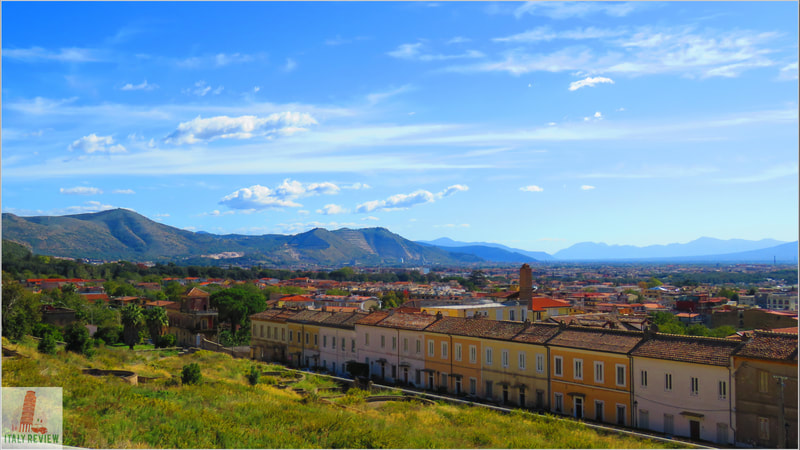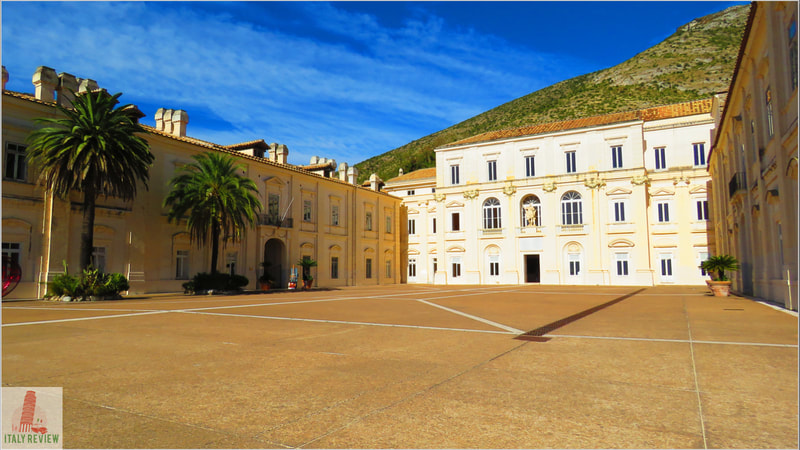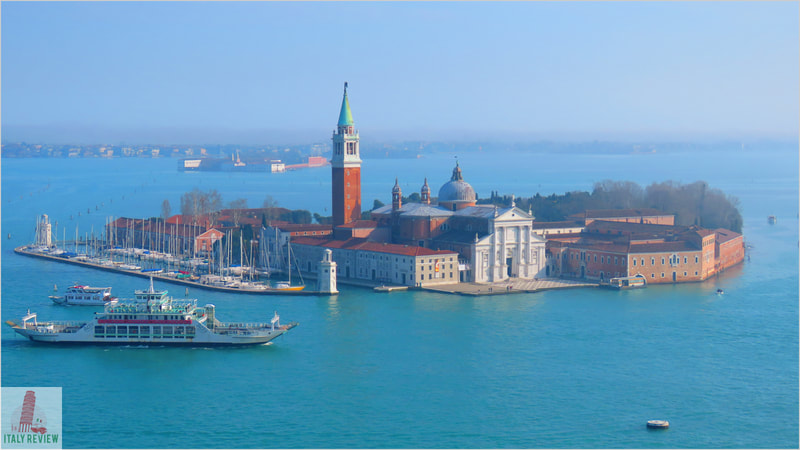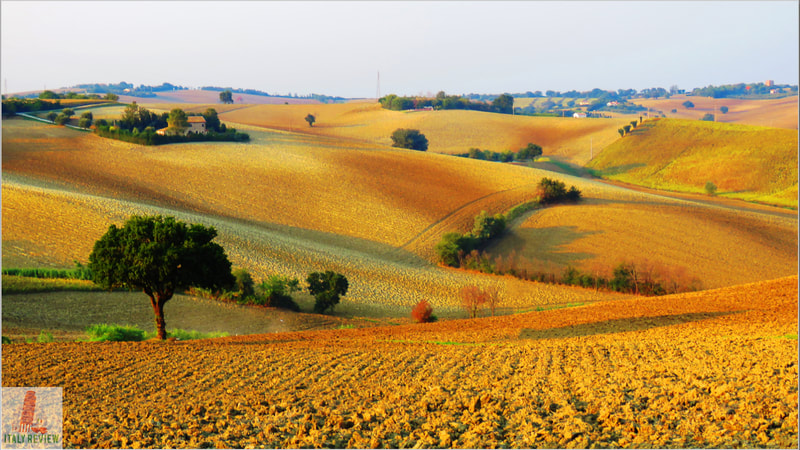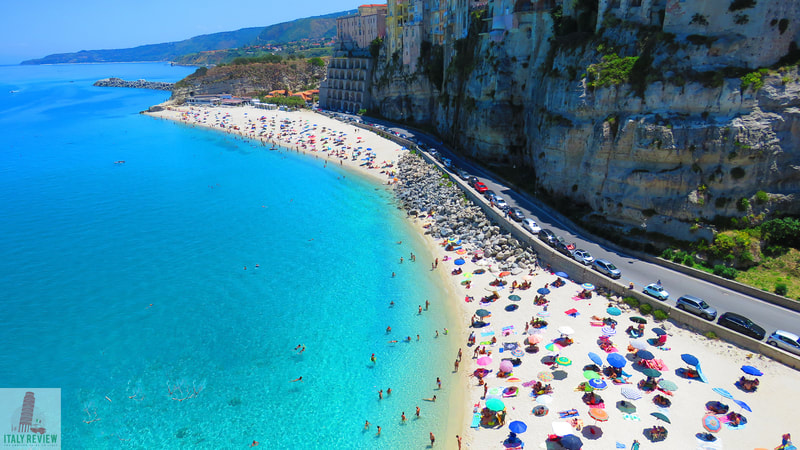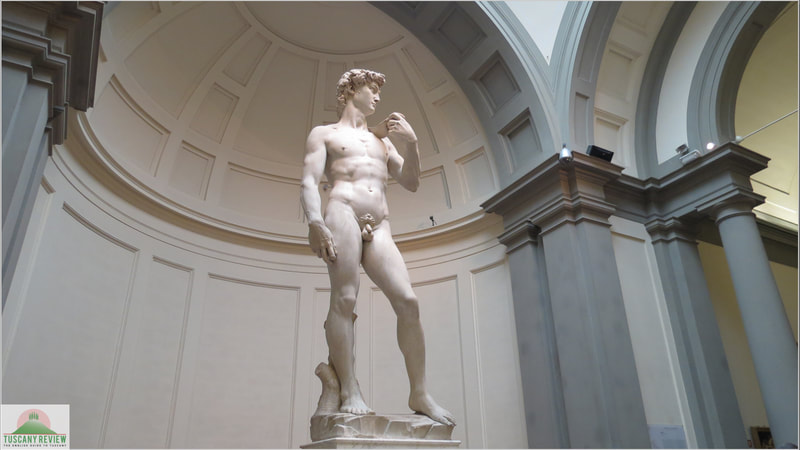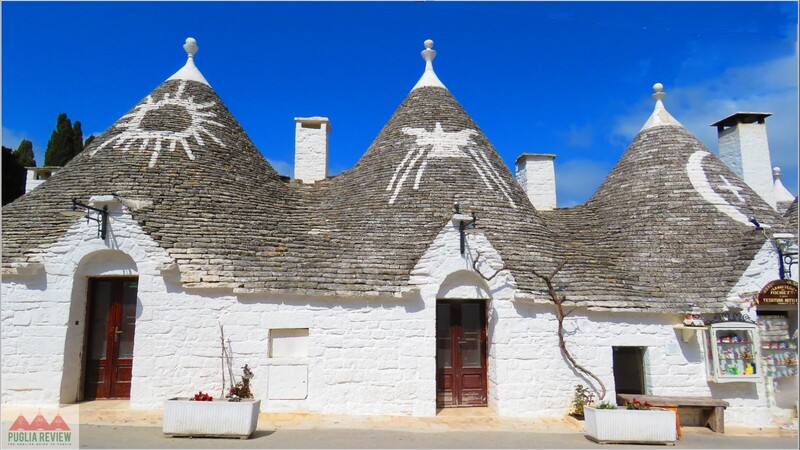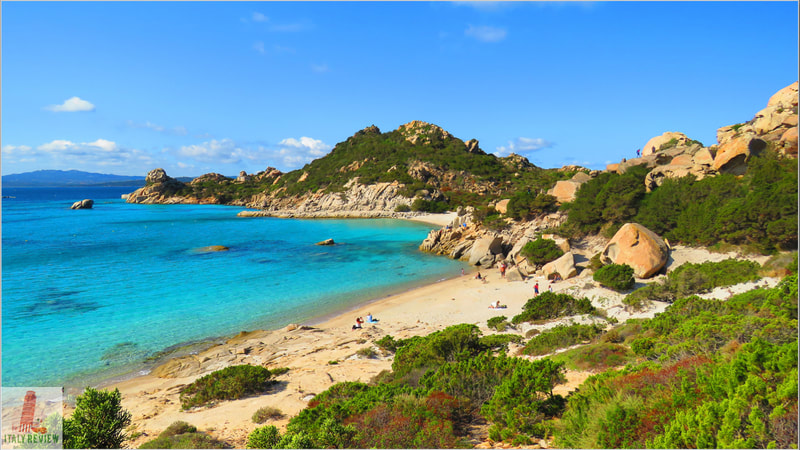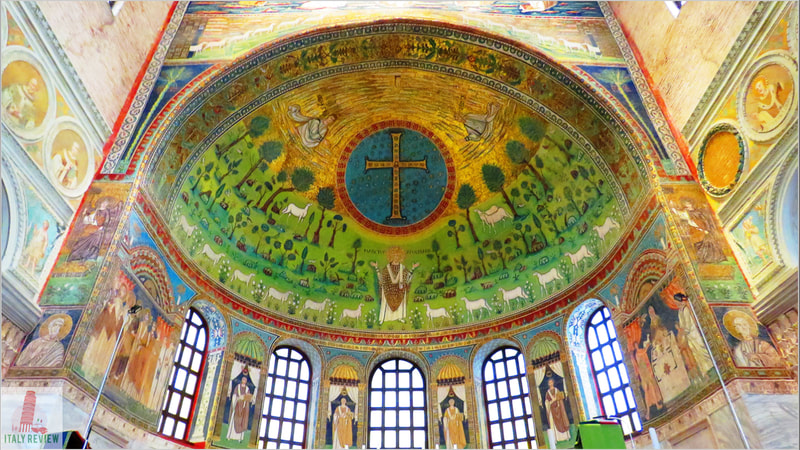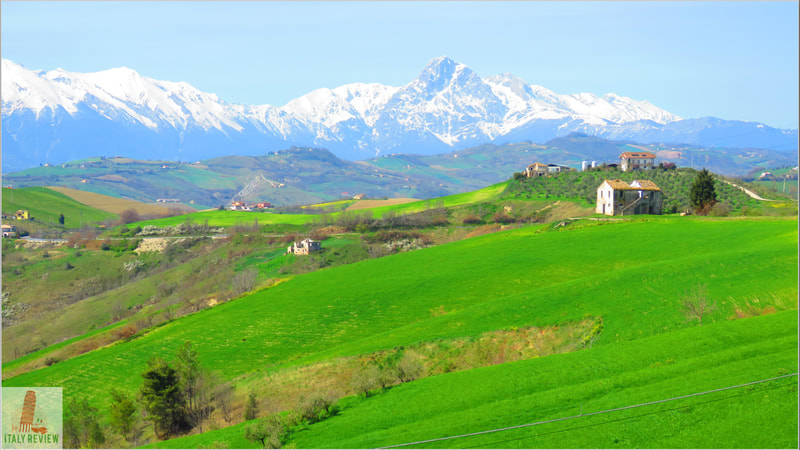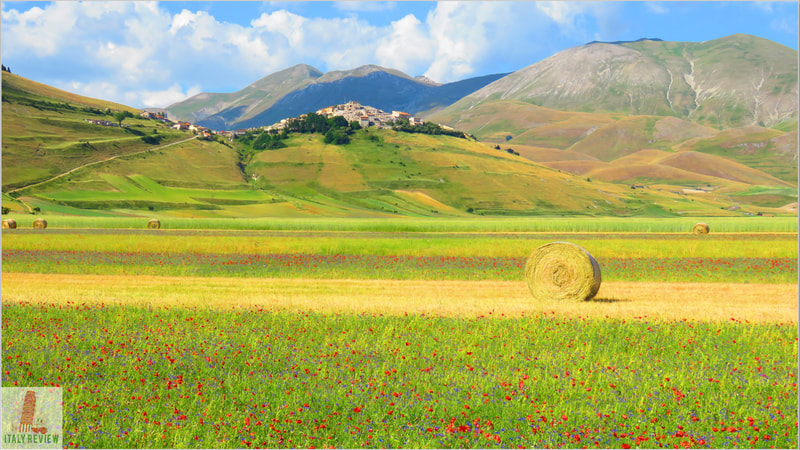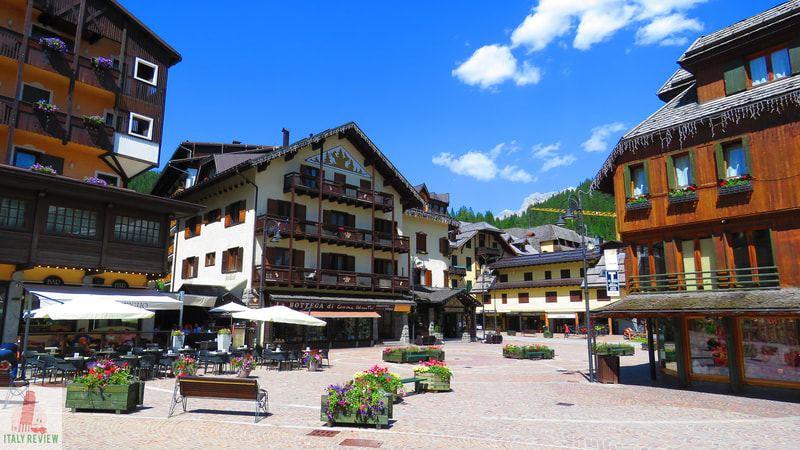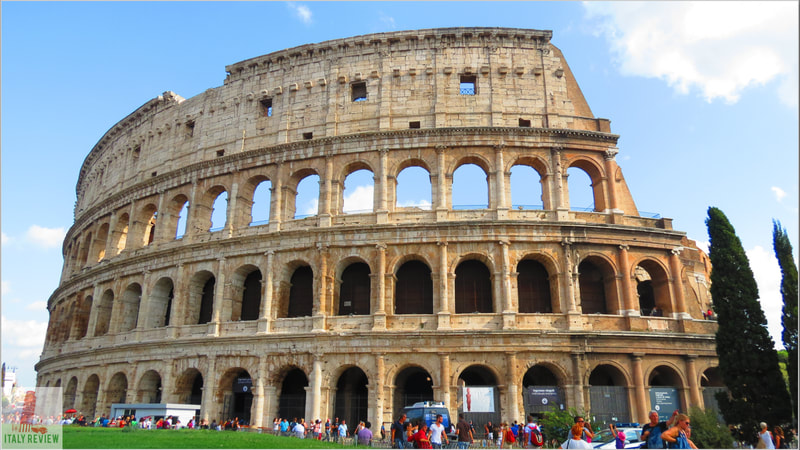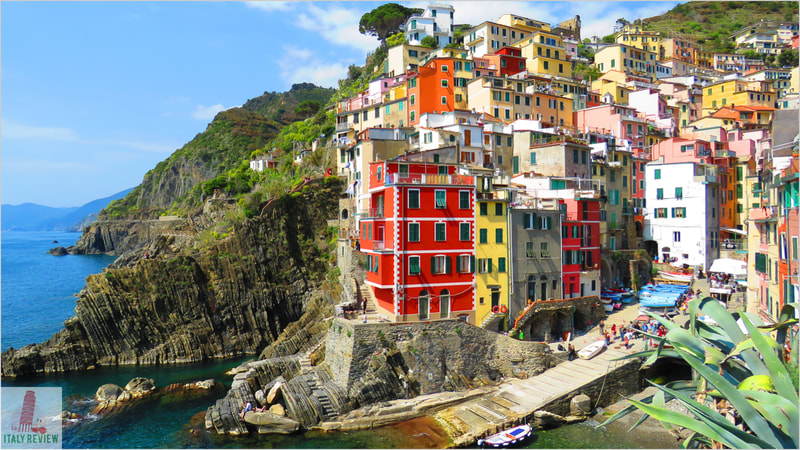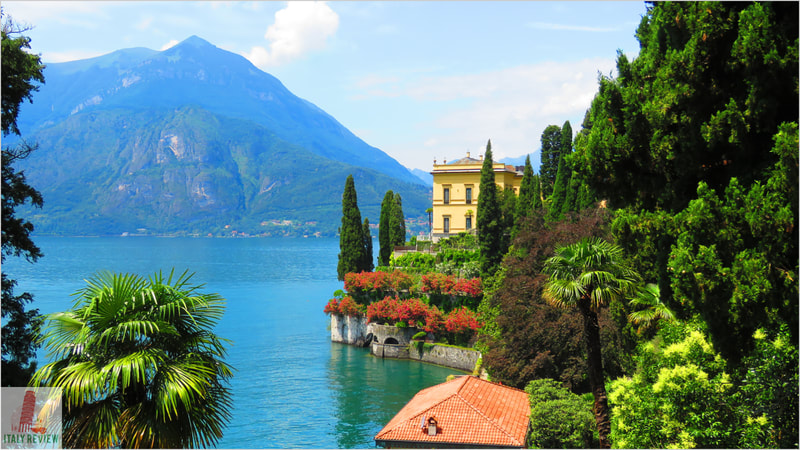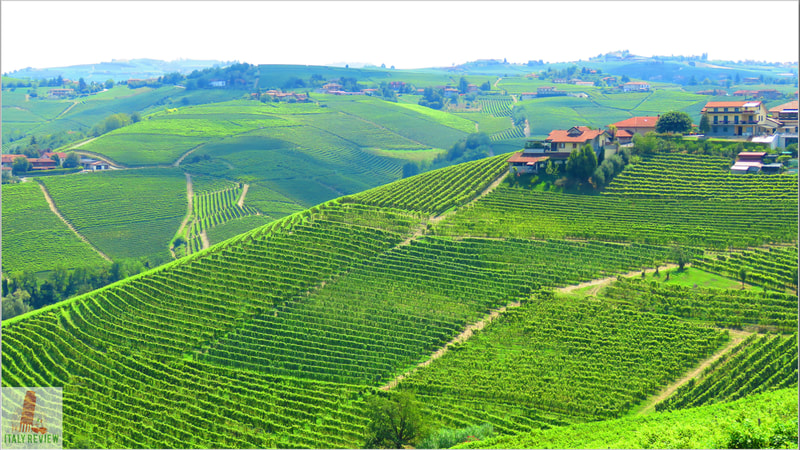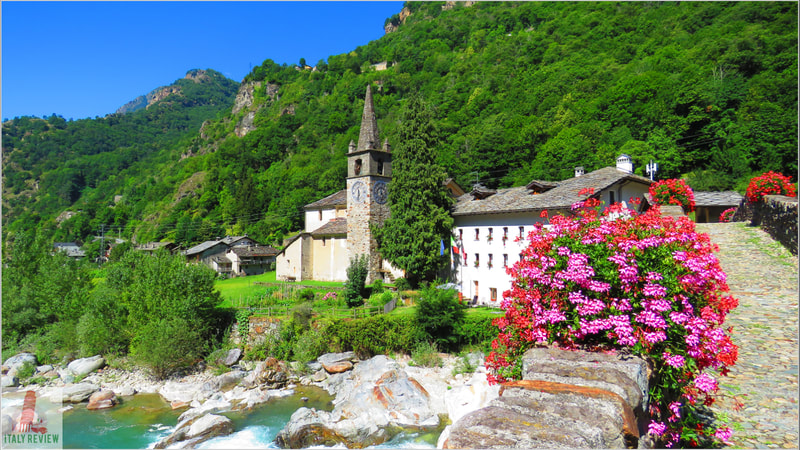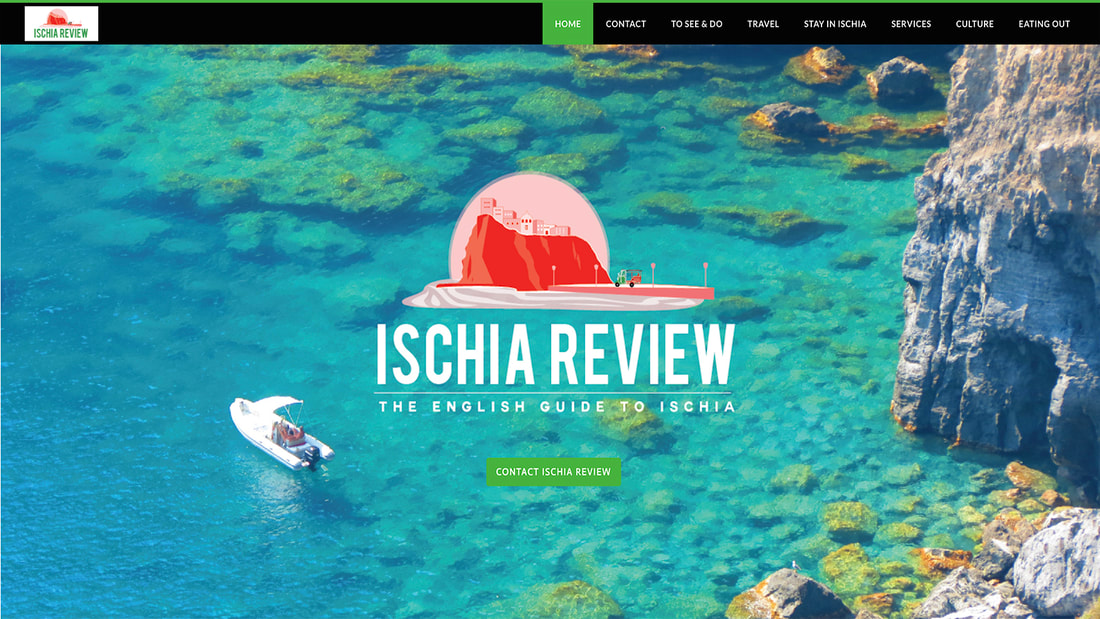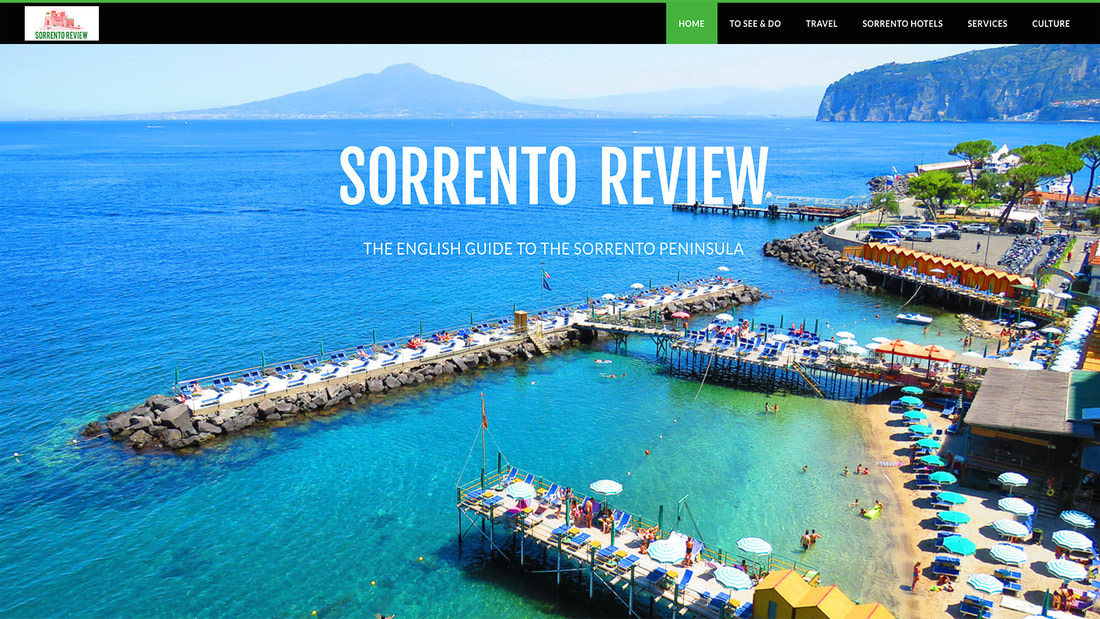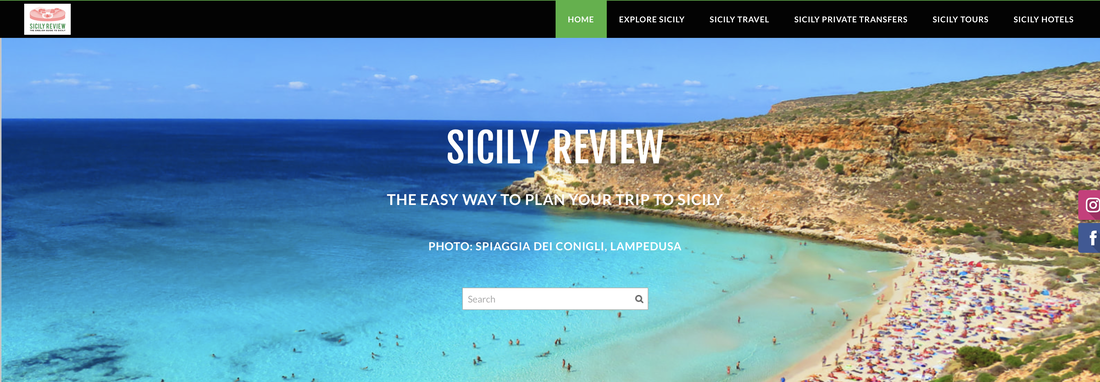San Leucio Complex
|
By Dion Protani
|
Latest update: 9 January 2024
|
|
Located just a short drive from the city of Caserta, the San Leucio Complex is a UNESCO World Heritage Site along with the Royal Palace at Caserta (locally known as "La Reggia di Caserta") and the Vanvitelli Acqueduct (aka "Acquedotto Carolino").
The San Leucio Complex was included in the UNESCO list due to its historical importance. |
During the time of the Bourbon King Ferdinand IV, a former hunting lodge was converted into a silk mill, a project designed to sustain the village's employment needs.
Related links
Profile
The San Leucio Complex, located near Caserta in Campania, Italy, is a historic site with a fascinating history and cultural significance. It comprises a former royal silk factory, a grand palace, and a picturesque village, all nestled within beautiful natural surroundings. The complex is a UNESCO World Heritage site and offers visitors a unique blend of history, art, and architecture.
History
The San Leucio Complex was established in the late 18th century during the reign of King Ferdinand IV of Bourbon, also known as King Ferdinand I of the Two Sicilies. The king had a vision of creating an ideal model village and silk production center that would promote economic development and provide social welfare for the local population.
The silk factory at San Leucio was designed and built under the guidance of French architect Charles Louis Léon Dufourny. Skilled artisans from Lyon, France, were brought in to teach the locals the art of sericulture and silk weaving, making it a center of excellence for silk production.
The entire complex was named after Saint Leucius, the patron saint of silk workers, in honor of the king's admiration for this saint.
The silk factory at San Leucio was designed and built under the guidance of French architect Charles Louis Léon Dufourny. Skilled artisans from Lyon, France, were brought in to teach the locals the art of sericulture and silk weaving, making it a center of excellence for silk production.
The entire complex was named after Saint Leucius, the patron saint of silk workers, in honor of the king's admiration for this saint.
Key features
- Royal Palace of San Leucio: The centerpiece of the complex is the Royal Palace of San Leucio, a grand neoclassical building with opulent interiors and beautiful gardens. Visitors can explore the royal apartments, luxurious salons, and the royal theater, which hosted grand performances during its heyday.
- Silk Factory and Museum: The silk factory, which is still operational today, showcases the traditional silk production techniques that have been preserved over the centuries. Visitors can witness the entire silk-making process, from the cultivation of silkworms to the weaving of fine silk fabrics. The adjoining museum provides historical insights into the silk industry and its significance in the region's economy.
- San Leucio Village: The picturesque village of San Leucio features charming streets lined with historical buildings and artisans' workshops. Visitors can stroll through the village, admire the architecture, and purchase handmade silk products and souvenirs.
- Park and Gardens: The San Leucio Complex is surrounded by beautiful gardens and green spaces, providing a serene atmosphere for visitors to enjoy. The park is an ideal place for leisurely walks and picnics.
- Guided Tours: Guided tours are available to explore the palace, factory, and village, providing in-depth knowledge about the complex's history and cultural significance.
Interesting facts
- San Leucio became a model village with innovative social policies, including free education, healthcare, and housing for workers, making it a precursor of modern welfare systems.
- The silk produced at San Leucio was used for exquisite garments, including gowns worn by royalty and aristocrats across Europe.
- The complex hosted notable visitors, including Napoleon Bonaparte and his wife Josephine, who were impressed by the advanced silk production techniques.
Complesso Monumentale Belvedere San Leucio
|
Comune: Caserta
Province: Caserta Region: Campania Built: 1778 Architectural style: Neoclassical Fly to: Naples International Airport - 27 minutes (29 km) Close by: Basilica di Sant'Angelo in Formis, Vanvitelli Aqueduct Recommended accommodation: Plana Hotel (5.5 km) |
UNESCO World Heritage Site
18th Century Royal Palace at Caserta with the Park, the Aqueduct of Vanvitelli, and the San Leucio Complex
Year: 1997
18th Century Royal Palace at Caserta with the Park, the Aqueduct of Vanvitelli, and the San Leucio Complex
Year: 1997

